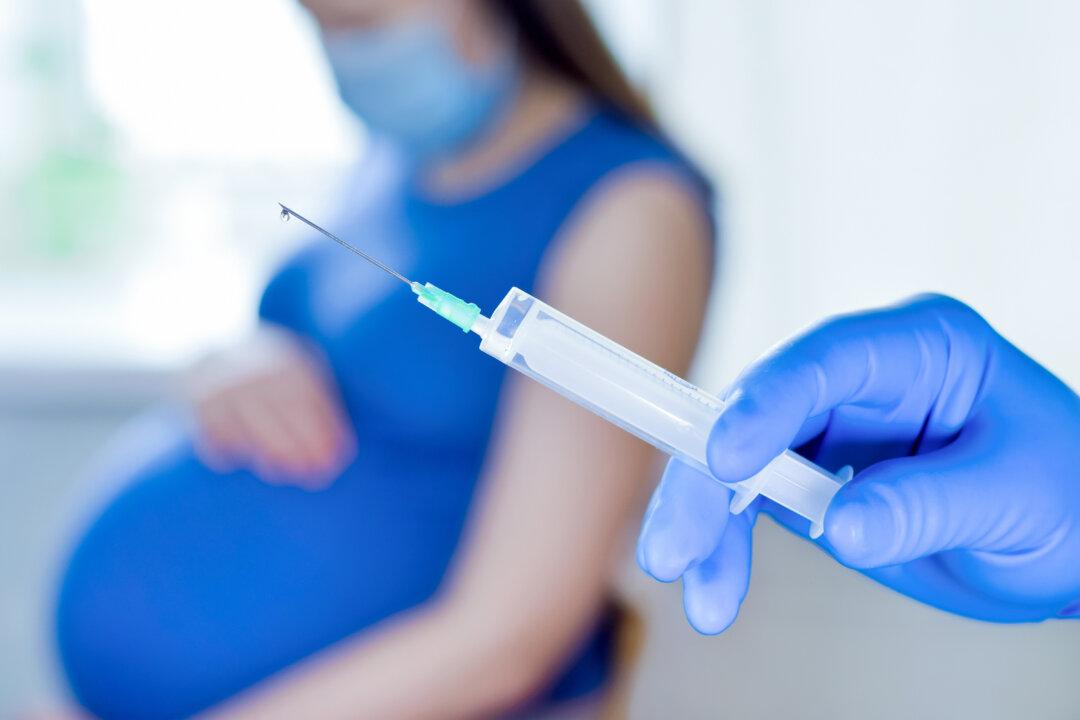“Your safety will always come first. And a COVID-19 vaccine will only be approved by us, the U.K.’s Medicines and Healthcare Products Regulatory Agency, once it has met robust standards on safety, quality, and effectiveness.”
So begins the new British documentary, “Safe and Effective: A Second Opinion.” These words immediately cue viewers that what they are about to see will contradict the reassuring statement delivered by Dame June M. Raine, chief executive of the United Kingdom’s Medicines and Healthcare Products Regulatory Agency (MHRA). And conflict it does.
Produced by Mark Sharman and directed by Philip Wiseman, available on EpochTV now, “Safe and Effective” is the latest in a recent spate of books and documentaries focusing on vaccine safety. These include the Danish documentary film, “Under the Skin: What Does Aluminum Do in Vaccines,” about adverse effects of the HPV vaccine Gardasil (now available exclusively on Epoch TV), and the English translation of “Turtles All the Way Down: Vaccine Science and Myth,” a book which explores the safety science underlying the childhood vaccine schedule.Dense and disturbing, the film is narrated by John Bowe, an actor with white hair, a soothing voice, a serious face, and a sense of gravitas. Bowe is also the founder of C.O.V.I.D., which stands for Charity Organisation for the Vaccine InjureD. His non-profit seeks to help people who have been injured by COVID-19 vaccinations.







